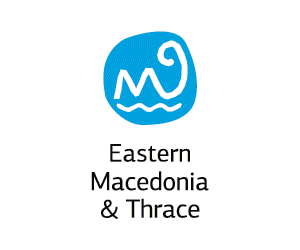Traveler's Guide
East Macedonia & Thrace
Region of East Macedonia & Thrace
The Region of Eastern Macedonia and Thrace occupies the northeastern part of Greece. It borders with Turkey easterly, Bulgaria northern and with the Regional Unit of Serres westerly. Southwest is washed by the Aegean Sea and southeast by the Thracian Sea. It includes the Regional Unities: Drama, Kavala, Xanthi, Rodopi and Evros.
It has a total area of 14.157 thousand hectares and covers the 10.7% of the total area of the country.
Also includes two major islands of Thracian Sea, Thassos and Samothrace.
Crossroad of major sea and land routes by which, for thousands of years, are moving people and goods, ideas and habits to and from the four cardinal points: from the Black Sea and Asia to Western Europe and from North Europe and the Balkans to the Mediterranean and North Africa.
The traces of its history, that start from the Paleolithic season and arrive to our days, are everywhere: caves, rock paintings, forts, temples, theaters, citadels, mines, graves, tumuli, marble quarries, Christian monuments, monasteries and holy places , aqueducts, Islamic monuments, traditional villages, Megara, mansions, tobacco warehouses.
The Region of Eastern Macedonia and Thrace, during the ancient times, was covered by forests at the rate of about 80%, but today this percentage has limited to 55% per area. In its extent there are trackless forests, virgin nature, high mountains, rich flora and fauna, large rivers, lakes and lagoons and an endless coastline with clear blue waters and friendly beaches.
The region is a place of music, dance, feast and ritual. Dionysus and Orpheus never left from this earth. The reversals of nature (winter, spring, etc.) give an opportunity for reversals of another class: masquerading and walking over fires, and outspoken sprees, kidnappings and robberies, all in the context of ritual.
Thracian Museum of Education of the Association of Educational Sciences
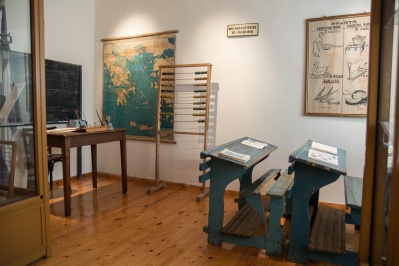 The Thracian Museum of Education of the Association of Educational Sciences was founded in 1992 to collect and exhibit school objects, documents and books of historical importance, mainly Thracian and ...
The Thracian Museum of Education of the Association of Educational Sciences was founded in 1992 to collect and exhibit school objects, documents and books of historical importance, mainly Thracian and ...
Greek Urban School of Nestoros Tsanaklis
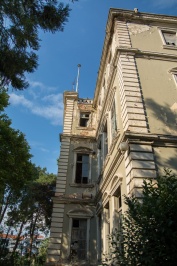 It is known that Nestor Tsanaklis, a large tobacco trader from Komotini, emigrant in Cairo, financed in the early 20th century the construction of an Urban School. The building was ...
It is known that Nestor Tsanaklis, a large tobacco trader from Komotini, emigrant in Cairo, financed in the early 20th century the construction of an Urban School. The building was ...
Kavala-Town Hall
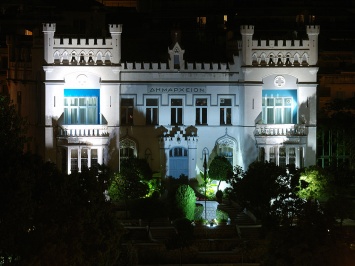 It was built by the Hungarian tobacco-trader Pierre Herzog and it is a
miniature of a Hungarian castle. One of the most impressive buildings of
the city and architecturally “foreign” ...
It was built by the Hungarian tobacco-trader Pierre Herzog and it is a
miniature of a Hungarian castle. One of the most impressive buildings of
the city and architecturally “foreign” ...
Tsinar Mosque
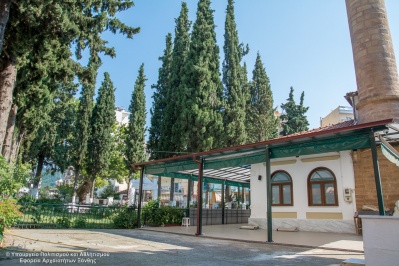 It was named after the tree which is located at the entrance. The founder of the mosque was a man named Çıplak Hüseyin Ağa. He built the mosque and spent ...
It was named after the tree which is located at the entrance. The founder of the mosque was a man named Çıplak Hüseyin Ağa. He built the mosque and spent ...
Church of the Archangels
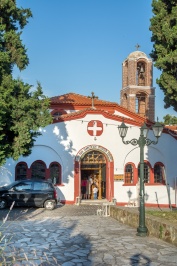 The church is situated at the junction of Evripidou and Orpheus streets, it is a three-aisled basilica church with a wooden roof, inserted in 1966.The monastery is located northwest of ...
The church is situated at the junction of Evripidou and Orpheus streets, it is a three-aisled basilica church with a wooden roof, inserted in 1966.The monastery is located northwest of ...
Bacilica of Saint George
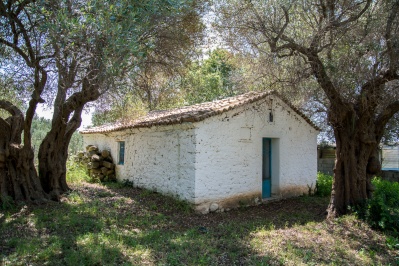 Morphological details of the basilica, architectural and other, allow us to put the construction of the church in the mid 10th century. It seems to operate as an episcopal church, ...
Morphological details of the basilica, architectural and other, allow us to put the construction of the church in the mid 10th century. It seems to operate as an episcopal church, ...
Preys' shelters-Municipality of Prosotsani
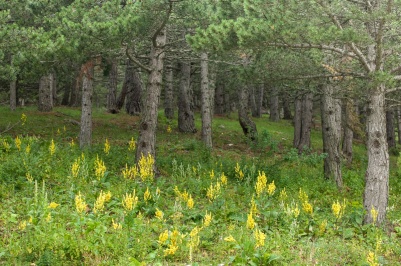 The special geological substratum, combined with climatic, soil and topographic conditions, created a significant variety of habitats with special botanical interest. Thus, the Mountain Falakro collects many, rare for Greece, ...
The special geological substratum, combined with climatic, soil and topographic conditions, created a significant variety of habitats with special botanical interest. Thus, the Mountain Falakro collects many, rare for Greece, ...
Nestos Lakes
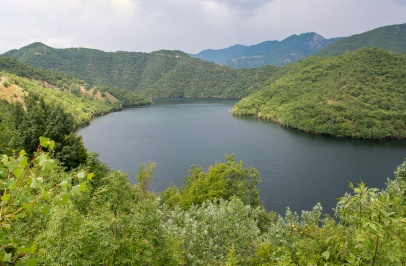 Nestos river stems from the Rila mountain range in central Bulgaria, enters Greece by the prefecture of Drama and is poured in the Thracian Sea. It was worshiped as a ...
Nestos river stems from the Rila mountain range in central Bulgaria, enters Greece by the prefecture of Drama and is poured in the Thracian Sea. It was worshiped as a ...
Preys' shelter of Stavroupoli
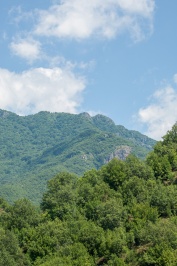 Tsanaktere (Karyofyto) with an area of 903 hectares. It belongs to the Forest Service of Stavroupolis (FEK 392/B/89).Gerakas – Oraio with an area of 3,270 hectares. belongs to the Forest ...
Tsanaktere (Karyofyto) with an area of 903 hectares. It belongs to the Forest Service of Stavroupolis (FEK 392/B/89).Gerakas – Oraio with an area of 3,270 hectares. belongs to the Forest ...
Echinos
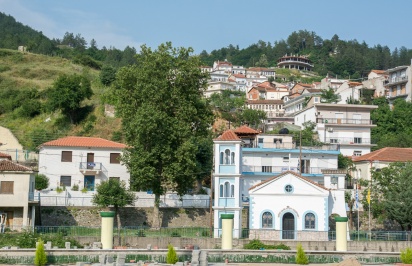 This mountainous town is the center of Muslim Pomaks where mosques, houses, huts, workshops, warehouses and shops are reserved as remnants of an authentic old traditional environment. Special characteristic is ...
This mountainous town is the center of Muslim Pomaks where mosques, houses, huts, workshops, warehouses and shops are reserved as remnants of an authentic old traditional environment. Special characteristic is ...
Mauromation Village of Neo Sidirochori
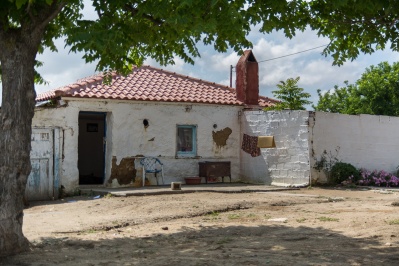 It is a village near Neo Sidirochori. It was declared as a traditional settlement by the MIN.ENV - Ministry of Environment.
It is a village near Neo Sidirochori. It was declared as a traditional settlement by the MIN.ENV - Ministry of Environment.






 13/08/2017 - 13/08/2017
13/08/2017 - 13/08/2017
